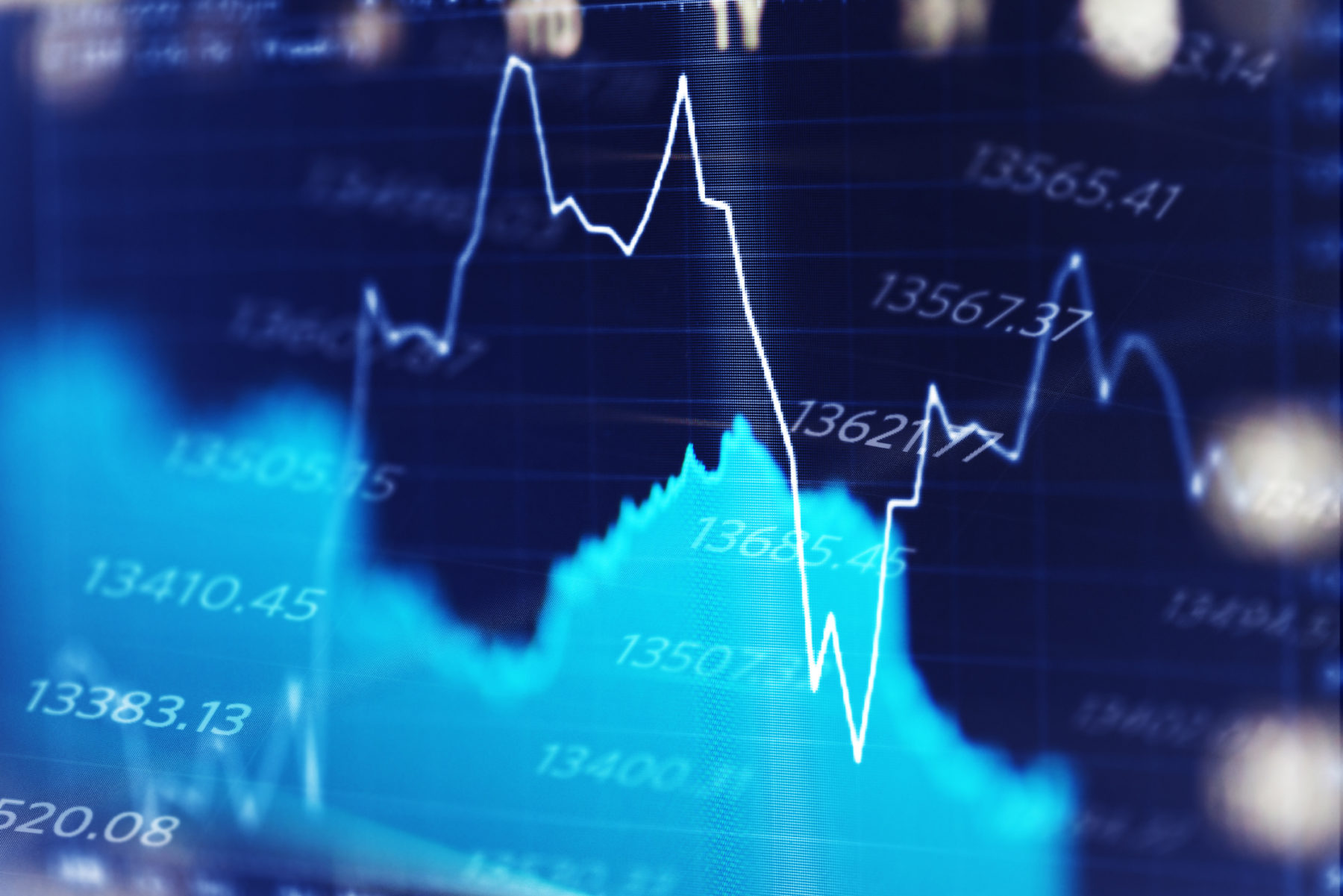June quarter 2025
Global share markets performed well in the June quarter, with the MSCI World Index ‒ Net closing the period up 6.0% in unhedged AUD terms. In hedged AUD terms, the index returned 9.4%.
Much of the gains were driven by encouraging trade developments; notably US-China trade relations. The relationship between the world’s two largest economies sunk to new lows in April following US President Donald Trump’s ‘Liberation Day’ announcement; the day on which he revealed higher-than-expected ‘reciprocal’ tariffs on over 180 countries and territories, including China. However, the two sides, who for more than a month exchanged tit-for-tat tariff hikes, came together for talks in Geneva in early May, with officials agreeing to significantly reduce tariffs against one another for 90 days, effective immediately. Despite the two countries accusing the other of violating the trade agreement ahead of a second round of talks in London in June, officials ultimately were able to agree on a framework on how best to implement the terms established in Geneva. We also saw the beginnings of a US-UK trade agreement and, more recently, progress in US negotiations with many of its other trading partners, including the European Union, India, Taiwan and Vietnam.
Share markets also benefited from a series of mostly positive corporate updates, encouraging Chinese growth and strong gains across most of the ‘Magnificent 7’1 stocks, which together comprise a large part of the benchmark US S&P 500 Index.
Meantime, central banks remained active throughout the quarter, with the European Central Bank and the Bank of England amongst those to lower interest rates over the period. However, the US Federal Reserve elected to leave its key interest rate on hold as officials wait to see the impact of Trump’s tariffs on inflation and the wider economy.
Limiting the advance were heightened geopolitical risks, including escalating tensions in the Middle East, and concerns over America’s fiscal position after ratings agency Moody’s downgraded its US credit rating, raising doubts about the country’s status as the world’s most stable borrower.
The Australian share market made very strong gains in the second quarter, with the S&P/ASX 300 Accumulation Index closing the period up 9.5%.
Like its global counterparts, the local market benefited largely from positive developments in US-China trade relations. China is, of course, our largest trading partner and a key consumer of Australian commodities. Stocks also benefited from the Reserve Bank of Australia (RBA)’s decision to lower interest rates again in May and strong performances across most of the ‘Big Four’2 banks; notably index heavyweight Commonwealth Bank of Australia, which returned more than 22% for the quarter.
In terms of fixed income, global bonds made reasonable gains over the period, with the Bloomberg Global Aggregate Index – $A hedged returning 1.5%. Longer-term government bond yields were mostly lower3 as investors tended to favour the asset class’s traditionally defensive characteristics amid concerns Trump’s sweeping tariff agenda will impact US and global growth.
Australian bonds outperformed their global counterparts in the second quarter, with the Bloomberg AusBond Composite 0+ Year Index returning 2.6%. The local bond market benefited in part from speculation the RBA may cut interest rates more aggressively this year after officials struck a more dovish4 tone following their latest meeting.
The Australian cash market returned 1.0% for the quarter, as measured by the Bloomberg AusBond Bank Bill Index.
Important information about your investments
Super is a long-term investment intended to help you fund your lifestyle in retirement. Markets and investment returns can fluctuate – especially in the short term – but your investment strategy should stay focused on your long-term goals. Your investment needs or expectations can also change over time, so consider whether your current option(s) still suit your circumstances.
As a member, you have access to a range of 20 investment options across diversified, sector, responsible and third-party categories – each with different asset mixes, risk levels and return potential. When choosing the investment option that is right for you, it’s important to consider your investment timeframe, comfort with risk and retirement goals.
Our Investment Guide and Product Disclosure Statement documents can help you make informed decisions. If you are unsure about your investment choices, we offer a number of advice options – often at no extra cost. This may be especially useful if you’re nearing retirement, with a shorter investment horizon to navigate. For more information, call us on 1800 555 667.
Past performance is not a reliable indicator of future returns.
This website provides general information only and has not been prepared having regard to your objectives, financial situation or needs. Before making an investment decision, you need to consider whether this information is appropriate to your objectives, financial situation or needs.
-
The ‘Magnificent 7’ stocks are Apple, NVIDIA, Microsoft, Facebook parent Meta Platforms, Tesla, Amazon.com and Google parent Alphabet.
-
The ‘Big Four’ banks are Commonwealth Bank of Australia, Westpac Banking Corp., National Australia Bank and ANZ Group. Together, these four stocks make up a large part of the S&P/ASX 300 Accumulation Index.
-
Bond yields have an inverse relationship with bond prices, meaning when yields fall, prices rise and vice versa.
-
‘Dovish’ central bank rhetoric implies officials are more likely to lower interest rates than raise them. This is the opposite of ‘hawkish’ central bank rhetoric, which implies officials are more likely to raise interest rates than lower them.

